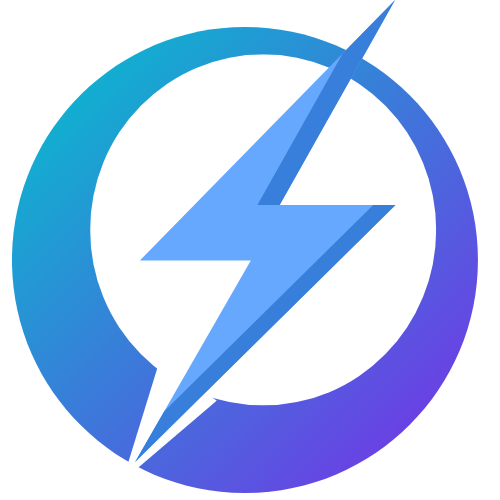Artificial intelligence (AI) has made a significant impact on many industries, and web design is no exception. The use of AI tools in web design has introduced new levels of speed, automation, and personalization. From generating layouts and design elements to analyzing user data and behavior, AI enables web designers to work more efficiently and creatively.
Design agencies and developers increasingly rely on smart tools that streamline routine tasks and enable more focused creative work. By utilizing platforms like Portkey web design service, companies can incorporate AI-driven features into their websites that align with evolving user expectations and modern aesthetics.
1. Automating Design Elements
AI-powered tools are capable of automatically generating design layouts based on specific user inputs or industry standards. These tools analyze data such as target audience, content type, and branding guidelines to recommend or create website structures. Designers can then adjust and refine the generated layout instead of starting from scratch.
Automation reduces repetitive tasks, such as resizing images, formatting sections, and testing different color combinations. It allows for quicker design iteration and supports consistent quality across all pages of a site.
2. AI for User Experience Optimization
AI systems can analyze user interaction data and provide insights into how visitors are engaging with a website. This includes click tracking, scroll depth, session duration, and more. These insights are used to refine the layout and placement of elements to improve user experience.
Web design platforms integrated with AI also offer personalization features. They can modify content visibility based on user preferences, geographic location, or browsing behavior, delivering a more relevant experience without manual customization.
3. Enhancing Visual Content Creation
Designers often use AI tools to generate or enhance visual content, such as icons, illustrations, or stock imagery. Some AI applications can even generate custom graphics based on keywords or textual descriptions. These tools help produce visuals at scale while maintaining stylistic coherence.
Incorporating such content directly into the design workflow enables faster production and allows for experimentation with different visual directions. AI-assisted image editing also ensures optimization for performance and responsiveness.
4. Streamlining Code and Development
In addition to front-end aesthetics, AI supports the development process by auto-generating HTML, CSS, and JavaScript code snippets based on design mockups or commands. This simplifies the translation from design to development and helps identify code inefficiencies.
AI-driven testing tools can scan websites for usability issues, performance bottlenecks, or compliance with accessibility standards. These capabilities allow developers to resolve problems proactively, ensuring a smoother launch process and enhanced long-term performance.
5. Design Scalability and SEO Integration
As companies expand, maintaining design consistency and SEO alignment becomes more complex. AI can support scalable design systems that replicate components across different pages or sites while adjusting them for context or SEO performance.
Integrated platforms offering intelligent web design services often use AI to structure metadata, alt text, and internal linking in ways that are optimized for search engines. These features not only improve discoverability but also ensure ongoing design uniformity.
Conclusion
AI tools in web design represent a major evolution in how digital content is created, tested, and delivered. These technologies enable faster workflows, improved personalization, and higher design consistency across projects. Rather than replacing designers, AI acts as a supportive element, handling technical tasks and unlocking more creative capacity.
By embracing these tools, the web design process becomes more adaptive, efficient, and aligned with user behavior. Whether applied to layout creation, code generation, or data analysis, AI enhances the quality and functionality of modern web design practices.



